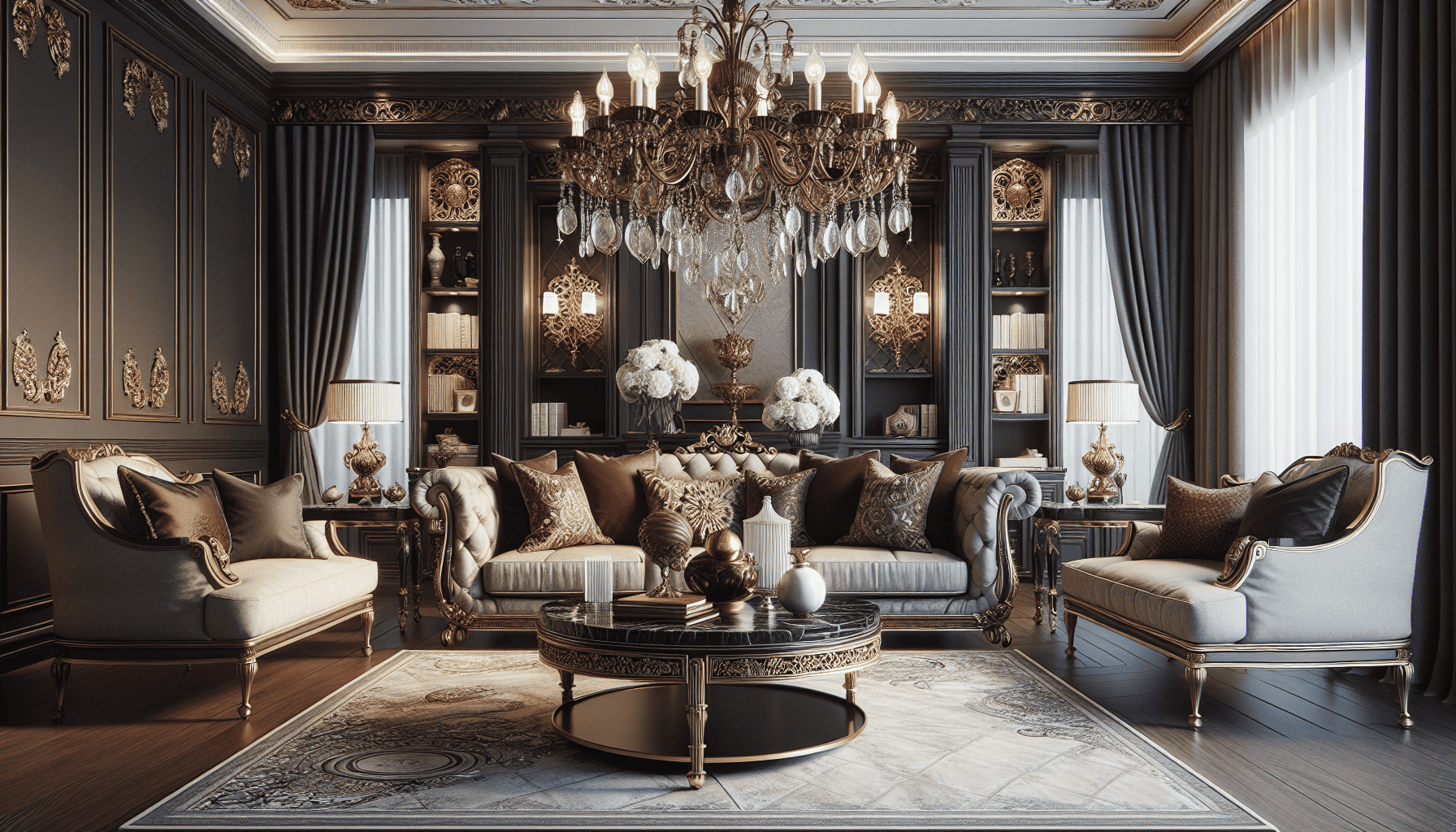In the ever-evolving world of design, certain styles embody a timeless elegance that defies changing trends and fleeting fashion waves. These classic design elements, deeply rooted in history yet adaptable to contemporary twists, offer a remarkable balance between tradition and modernity. Whether it’s in interior design, fashion, or architecture, timeless elegance continues to inspire and captivate across generations.
Vintage Aesthetics
One of the hallmarks of classic design is its nostalgic nod to the past. Vintage aesthetics, with their rich history and enduring appeal, play a central role in creating timeless interiors. Think of mid-century modern furniture, with its clean lines and organic shapes, or the ornate detailing of the Victorian era. These styles, while inherently linked to specific periods, have a versatility that allows them to be seamlessly integrated into modern settings.
The key to incorporating vintage elements lies in balance. Rather than recreating a period room or outfit entirely, cherry-picking details that resonate can create a harmonious blend. For instance, a retro-inspired armchair in a minimalist living room can serve as an eye-catching centerpiece, bringing a touch of history to an otherwise contemporary space.
Neutral Palettes and Natural Materials
Color and materials play a crucial role in creating a sense of timelessness. Neutral palettes, such as whites, beiges, and greys, serve as a timeless canvas, offering a serene and sophisticated vibe. These colors not only enhance natural light but also allow other design elements to shine without overwhelming the senses.
Natural materials, like wood, stone, and leather, further enhance the longevity of a design. Their inherent beauty and variation provide a depth and warmth that synthetic materials often lack. A marble countertop, an oak table, or a leather sofa age gracefully, adding character over time rather than wearing down. This longevity is the embodiment of sustainable elegance, making them a favorite in classic design.
Attention to Detail
Another enduring characteristic of timeless design is the commitment to craftsmanship and detail. Forgo quick, mass-produced elements in favor of meticulously crafted details that ooze quality. This could be anything from intricate moldings and wainscoting in architecture to artisanal embroidery on textiles. These high-quality details reflect a dedication to artistry that remains relevant regardless of passing trends.
Attention to detail doesn’t mean excessiveness; rather, it focuses on thoughtful and intentional design choices. A well-chosen vintage chandelier or a hand-knotted rug can transform a space, offering elegance that withstands the tests of time.
The Art of Adaptation
Classic design trends are not stagnant; their enduring nature comes from their ability to adapt and evolve. In fashion, a little black dress is a prime example of timeless elegance—it can be dressed up or down, adapted with accessories to suit the occasion or personal taste. Similarly, in architecture, colonial or Georgian styles can be updated with modern materials and smart technology, preserving their historic charm while meeting contemporary needs.
In interiors, adaptation might involve pairing a classic chesterfield sofa with vibrant art pieces or contemporary lighting. This blend of old and new creates spaces that feel both current and grounded, showcasing the endless possibilities of timeless design.
Conclusion
Classic design trends endure because they transcend specific eras, appealing to our innate appreciation for balance, beauty, and quality. By embracing vintage aesthetics, neutral palettes, natural materials, and a commitment to craftsmanship, these styles continue to offer timeless elegance in an ever-changing world. Whether you are preserving history or crafting a modern narrative, these elements pave the way for designs that will always be in vogue.
